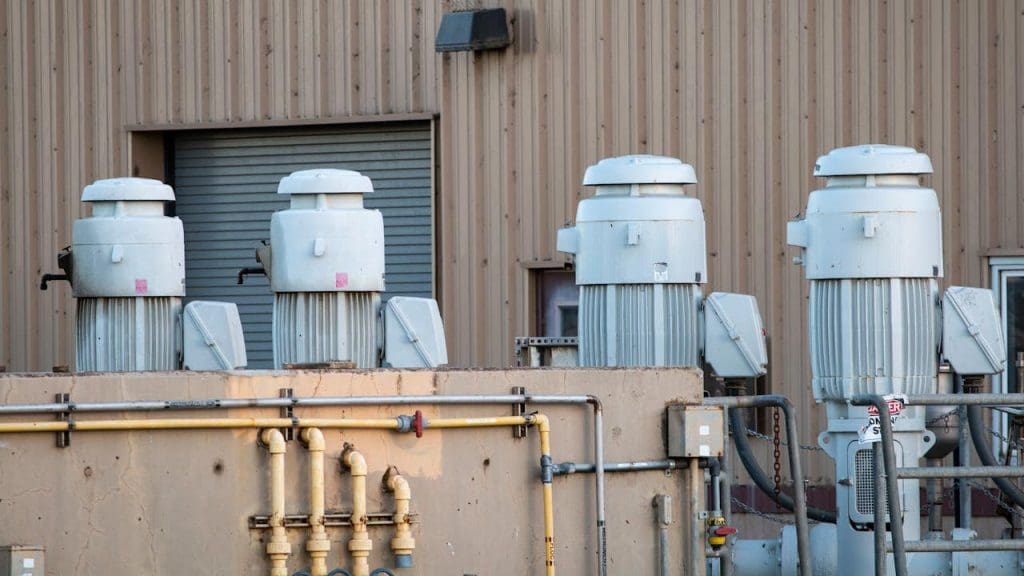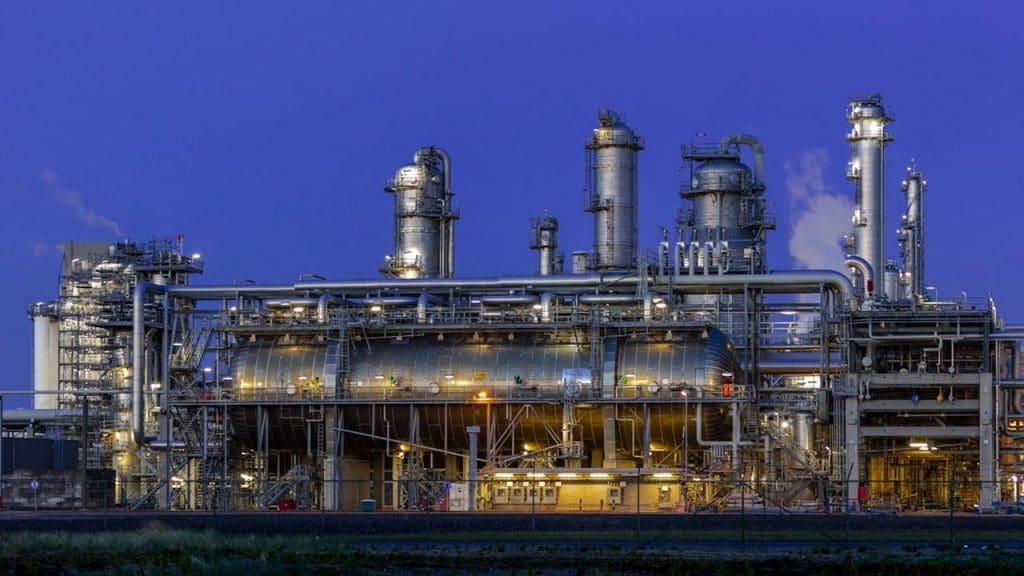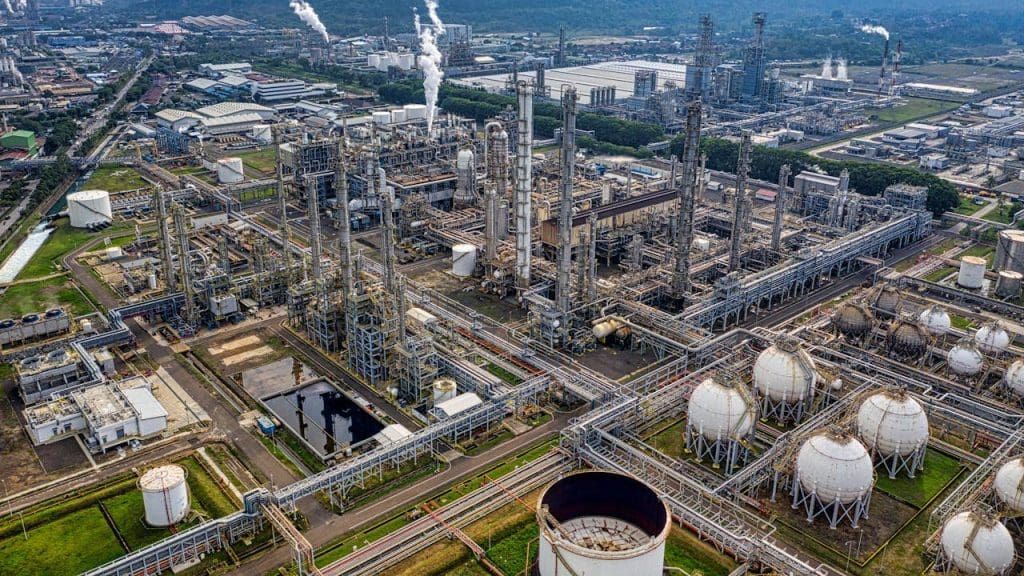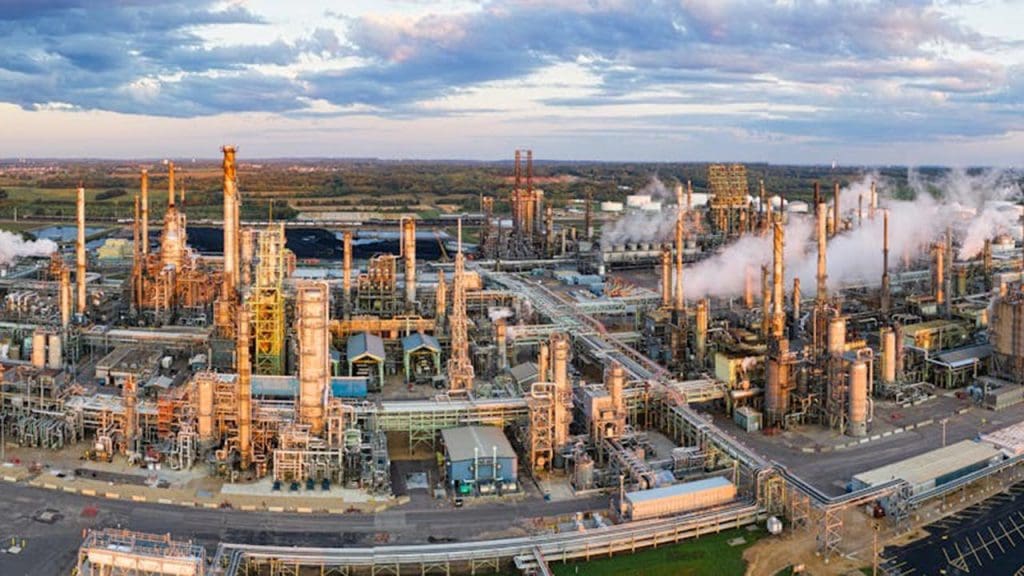
The United States is facing a water infrastructure crisis, with aging systems threatening public health, economic stability, and national security. As the backbone of daily life and industry, it’s crucial to address these challenges by investing in modern, sustainable solutions to ensure a safe and reliable water supply for future generations.
Current State of U.S. Water Infrastructure

The age and condition of the U.S. water systems are alarming. Much of the infrastructure, including pipes, treatment facilities, and distribution networks, was built more than 50 years ago. This outdated framework not only struggles to meet current demands but also poses significant risks to health and safety. For instance, lead contamination remains an ongoing concern, with incidents like the Flint water crisis highlighting the dangerous implications of neglected maintenance.
Public health is not the only area affected; the economic impact is substantial. Frequent water main breaks and other disruptions result in costly repairs and service interruptions. According to a report, maintaining and repairing failing infrastructure costs billions annually. Furthermore, these disruptions can hinder business operations, leading to broader economic instability.
Challenges in Revitalizing Water Infrastructure

Securing adequate funding for large-scale water infrastructure projects is a significant hurdle. Federal, state, and local budget constraints often leave these projects underfunded, delaying necessary upgrades. Despite initiatives like the Infrastructure Investment and Jobs Act, the financial commitment needed to overhaul aging systems is immense.
In addition to funding issues, regulatory and policy obstacles slow the implementation of essential improvements. Navigating the complex web of permits and approvals can be daunting, prolonging projects and inflating costs. Moreover, the integration of new technologies faces resistance, as bureaucratic inertia often hampers the adoption of innovative solutions that could enhance efficiency and effectiveness.
Innovative Solutions and Technologies

Embracing technology can transform water management. Smart water systems, utilizing IoT and data analytics, offer a way to optimize usage by detecting leaks and inefficiencies in real time. Such systems not only improve service reliability but also reduce waste and operational costs.
Sustainable practices are equally vital. Implementing green infrastructure, like rain gardens and permeable pavements, can enhance water quality and resilience. These solutions have been successfully adopted in various regions, demonstrating their potential to mitigate the impacts of aging infrastructure while promoting environmental sustainability. For instance, cities like Philadelphia have pioneered these approaches, setting a precedent for others to follow.
The Role of Government and Private Sector

The government plays a crucial role in addressing water infrastructure challenges. Federal initiatives and legislation, such as the Infrastructure Investment and Jobs Act, aim to allocate resources and set standards for modernization efforts. However, the scale of the problem necessitates collaboration beyond governmental action alone.
Public-private partnerships offer a promising avenue for progress. By leveraging the expertise and resources of private companies, these partnerships can facilitate the funding and implementation of infrastructure projects. Community involvement is also essential, as grassroots movements and local stakeholders can drive change and raise awareness, ensuring that revitalization efforts align with public needs and priorities.
The National Security Angle

Outdated water infrastructure poses significant risks to national security. Vulnerabilities in the water supply, including aging systems and insufficient cybersecurity measures, can be potential targets for cyber-attacks or terrorism. Protecting these critical resources is paramount for maintaining national stability and safety.
To safeguard infrastructure, it is essential to integrate security considerations into planning and maintenance. This includes adopting measures to protect against both natural and human-made threats. A comprehensive strategy, as outlined in a Homeland Security Today article, emphasizes the need for robust defenses and contingency plans to address these vulnerabilities effectively.